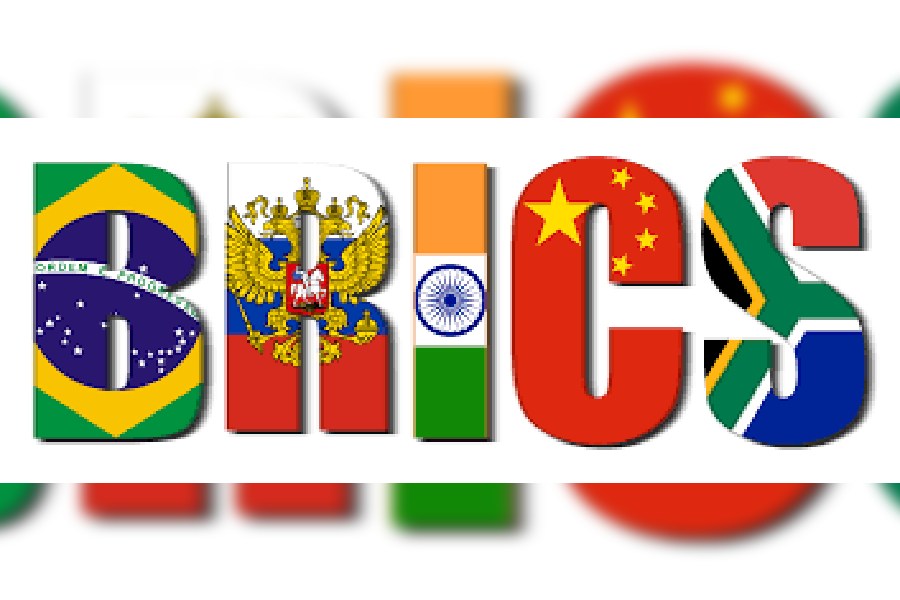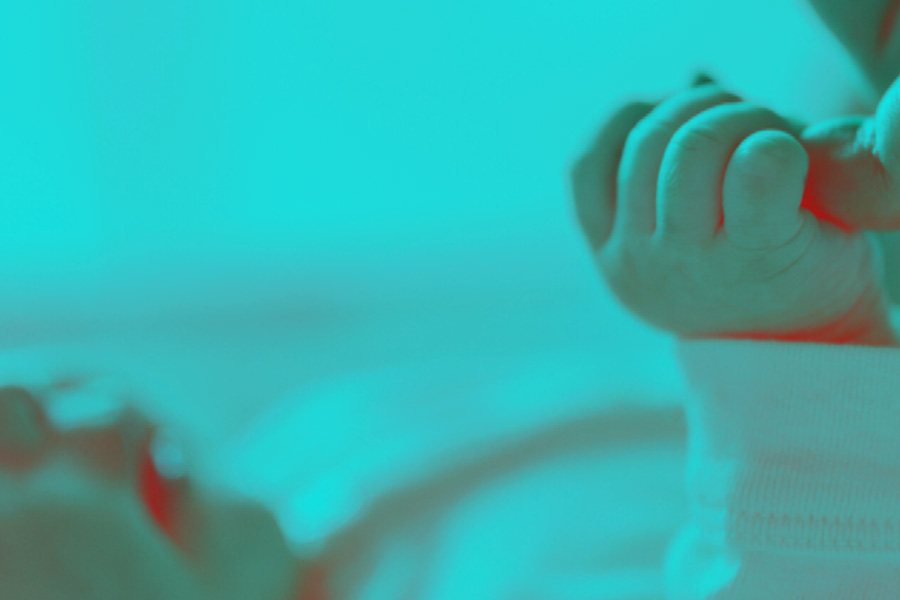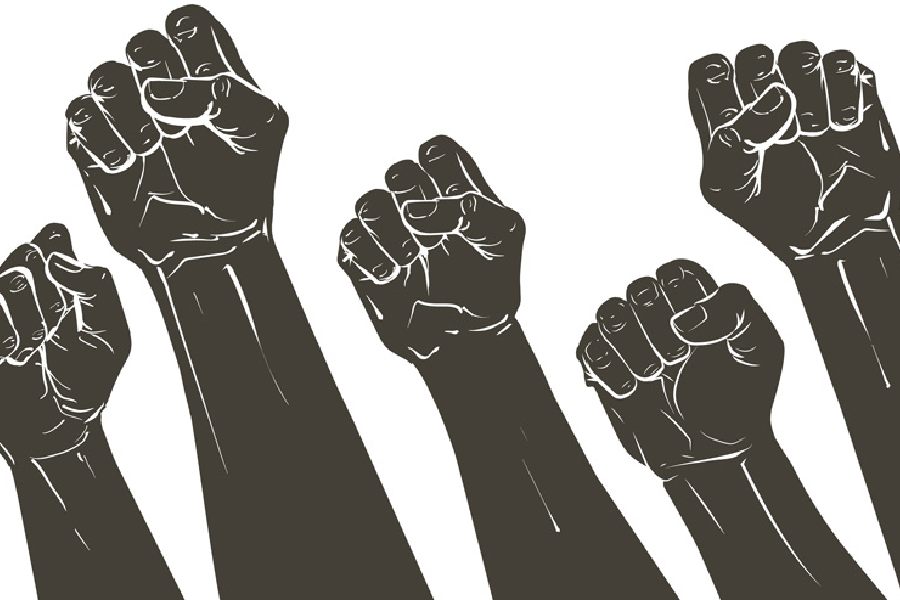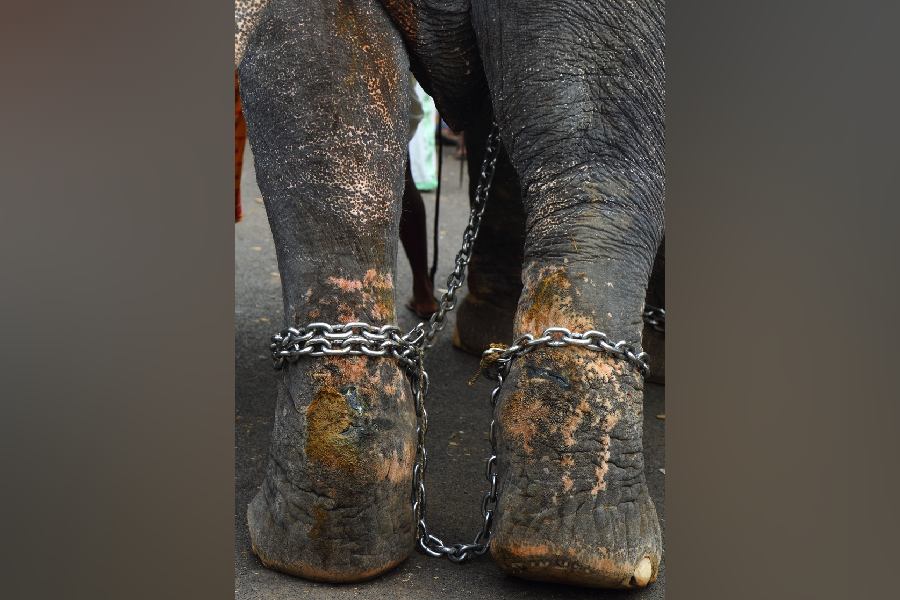 |
 |
 |
 |
 |
 |
Satyajit Ray the filmmaker needs no introduction. But Ray the graphic designer? Delving into the mind of the master, graphic artist Debashish Deb, along with Ray’s filmmaker son Sandip Ray and adman Sugato Guha, held a presentation on Saturday evening at St Xavier’s College.
Deb brought with him a treasure trove of illustrations, calligraphy, cover designs, film posters and movie stills to highlight what he called “the forgotten side of Satyajit Ray’s creative genius”.
 Ray, in fact, had started his career in commercial art and worked with the advertising agency DJ Keymer for over 10 years before films happened. But he didn’t lose touch with his first calling.
Ray, in fact, had started his career in commercial art and worked with the advertising agency DJ Keymer for over 10 years before films happened. But he didn’t lose touch with his first calling.
Who doesn’t remember the delightful king of Shundi in Goopy Gyne Bagha Byne? But did you notice the animal motifs used for Shundi or how they were different from those of Halla? For the benevolent king of Shundi, Ray used loveable animals like the butterfly (in picture first from top), the peacock and deer, while the war-hungry king of Halla was represented by tiger and snake insignia (second from top). The court of the king of Amlaki, who banished Goopy from his village, had the motif of an owl on the floor (third from top). Deb said these represented Ray’s portrayal of the good, the bad and the ugly.
Fascinating nuggets were unearthed at the presentation. The character of Madhabi in Kapurush wasn’t an artist in the original script. Deb says Ray modified the story later to highlight the couple’s disconnect by juxtaposing the artist wife against the crass planter, whom she married after her lover couldn’t summon the courage to marry her.
Deb also took the audience through Ray’s illustrations, pointing out the versatility of his works. Coming to Ray’s super sleuth, Deb showed how the illustration of Feluda underwent a transformation through successive books. In the first full-length story, Badshahi Angti (fourth from top), Topse is more prominent on the cover than Feluda. Probably Ray wanted Topse to have a bigger role than merely that of a young Watson.
But in later stories, Feluda takes centrestage on the cover and the figures of Topse and Jatayu are somewhat sidelined. As Feluda is shown as a bold, gun-toting hero, the other two wear confused and worried expressions (Feluda and Co., Chinnamastar Abhishap). Later Feluda assumes a larger-than-life image (Joto Kando Katmandu Te, (fifth from top), much like Ray himself at the peak of his career.
It was often said that Feluda was Ray’s alter ego. This became even more evident when Ray drew the cover of Double Feluda (sixth from top) and Nayan Rahashya without Topse and Jatayu. Deb says the intellectual distance between Feluda and Topse-Jatayu was nothing but a mirror of Ray’s own sense of isolation from those who were once close to him.
Deb also dwelt on Ray’s calligraphy, displaying how he could convert words into pictograms. For the credits of Kanchenjungha, Ray added some elements of the Tibetan script into Bengali words, transporting the audience to the Himalayan settings even before the movie began.
Covers of the magazine Sandesh were on display, too. One cover shows a robot reading the magazine, which, Deb said, was Ray’s way of encouraging the habit of reading amid gadgets and technology.










